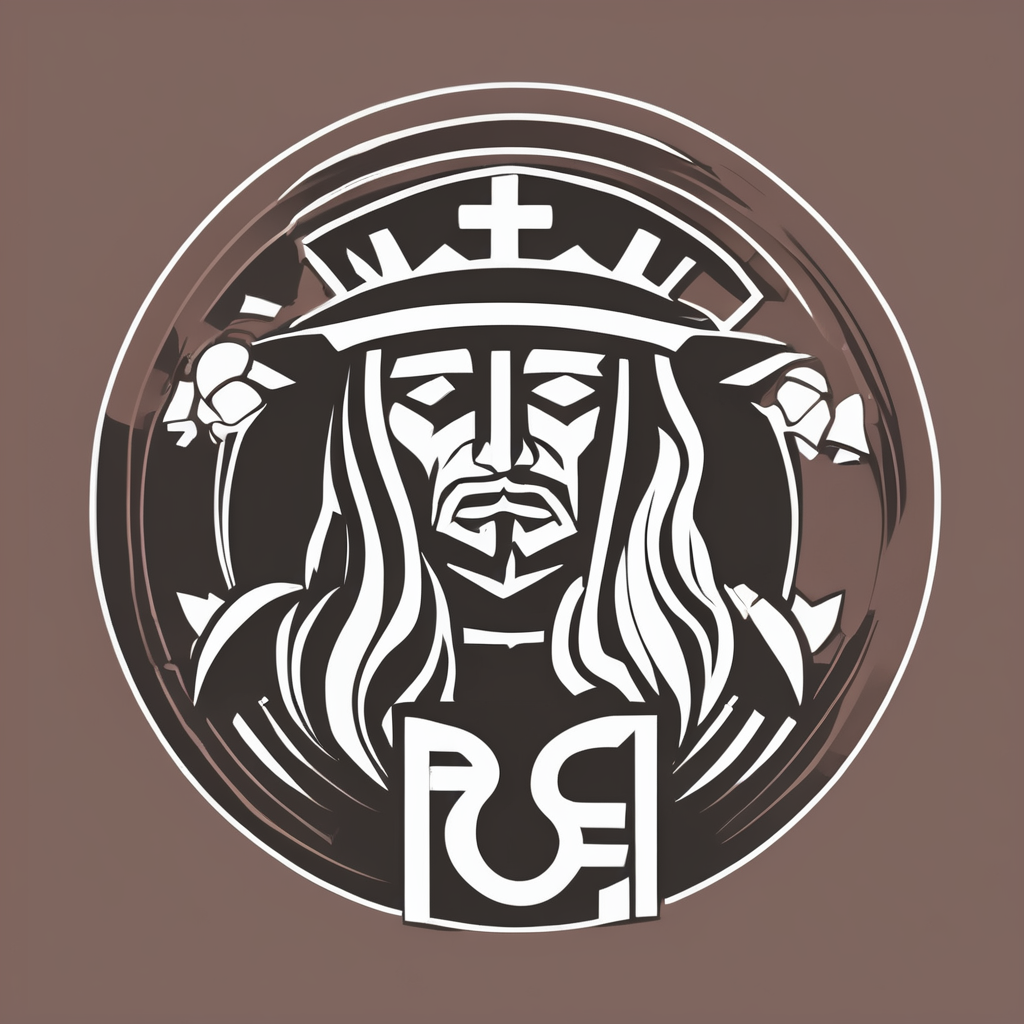Chinese novels blend rich cultural history with bold storytelling. From epic sagas like Romance of the Three Kingdoms to provocative works like The Plum in the Golden Vase, these genre-bending tales challenge traditional narratives. Exploring their layered themes and stylistic innovations reveals why they remain influential, shaping literature across Asia and offering fresh perspectives for today’s readers.
Overview of Top Chinese Novels and Literary Heritage
The website https://yuanliterature.com/ offers an extensive collection of Chinese classics, emphasizing their central role in shaping literary history. The six Classic Chinese Novels including Journey to the West and Water Margin are among the longest and most sophisticated works, establishing the novel as a respected genre. These stories gained widespread popularity during the Ming and Qing dynasties, permeating various media like theater, visual arts, and later, films and video games.
Also read : Essential strategies for effective customer risk assessment
Their complex structures often feature over one hundred chapters, divided into smaller episodes aligned with seasonal and geographic cues. These works subvert traditional themes; for example, Romance of the Three Kingdoms contrasts ideal dynastic order with chaos. Their influence extends beyond literature, inspiring adaptations globally through series, comics, and animation.
Authors like Luo Guanzhong remain anonymous, adding to the mystique. The enduring appeal of these stories lies in their rich cultural symbolism, narrative innovation, and universal themes of morality, loyalty, and conflict. For more insights, you can visit the details on this page: https://yuanliterature.com/.
In the same genre : Experience the Future of Urban Deliveries with Electric Cargo Bikes!
Key Characteristics and Structural Features of Chinese Classic Novels
Classic literature classics, such as the Four Great Classic Novels, often feature well-defined chapter structures. Scholarly analysis reveals symmetrical arrangements, typically over one hundred chapters divided into ten-chapter segments creating a distinct narrative rhythm. This episodic composition enhances pacing and suspense, providing space for expansive epic sagas and allowing for complex character development arcs.
Ming-Qing scholars, like Mao Zonggang and Jin Shengtan, shaped these best translated works by editing texts and contributing extensive commentaries. Their influence ensured the preservation, but sometimes alteration, of intended meanings, establishing the canonical forms commonly seen today on popular online reading platforms.
Narrative Styles and Thematic Depth
Narrative styles in classic literature classics blend vernacular Chinese with classical language, capturing societal values while inviting broad readership. These works employ self-aware storytelling, interspersed with songs and subtle irony, to critique political allegory and social commentary. The contrast between idealized morality and societal realities appears frequently, especially in famous historical fiction and genre diversity.
Allegorical motifs, layered symbolism, and Neo-Confucian critiques empower thematic analysis, making these novels both culturally rich plots and accessible as digital reading trends continue among global readers.
Cultural Significance and Literary Techniques
The fusion of folklore inspired tales, mythology based narratives, and regional color underpins the structure of these epic sagas. Literary devices such as world-building and enduring character archetypes enable the creation of fantasy adventure series that transcend historical periods covered. Interaction among family sagas, supernatural elements, and genre hybridization supports both modern adaptations and the continuous rise in translated web novel popularity.
Modern Adaptations, Translations, and Reader Engagement
Best translated works and online reading platforms have removed barriers for global readers of classic literature classics, epic sagas, and wuxia martial arts tales. The range of translated editions quality expands every year. Web serials and fan communities increase awareness of these stories, with digital reading trends moving strongly toward mobile reading apps and accessible online novel platforms.
Serialization trends and regular update schedules help popular web serials stay relevant, allowing readers to follow xianxia cultivation stories and romantic fiction genres chapter by chapter. Platforms like Yuan Literature champion these efforts, offering light novel style storytelling, fantasy adventure series, and boy love (BL) romance to an international audience. Forums, fan fiction, and reader demographics statistics reveal the reach and cross-cultural influence of these Chinese literary culture treasures.
Manga and manhua adaptations, plus movie and drama adaptations, revitalize classic four novels overview and culturally rich plots. Interactive features on novel ranking websites, alongside community-driven best selling titles and recommended reading lists, fuel genre diversity and reader engagement strategies. Modern adaptations sustain interest in character development arcs and family sagas, deepening appreciation for the story plot complexity and values and morals in stories.










